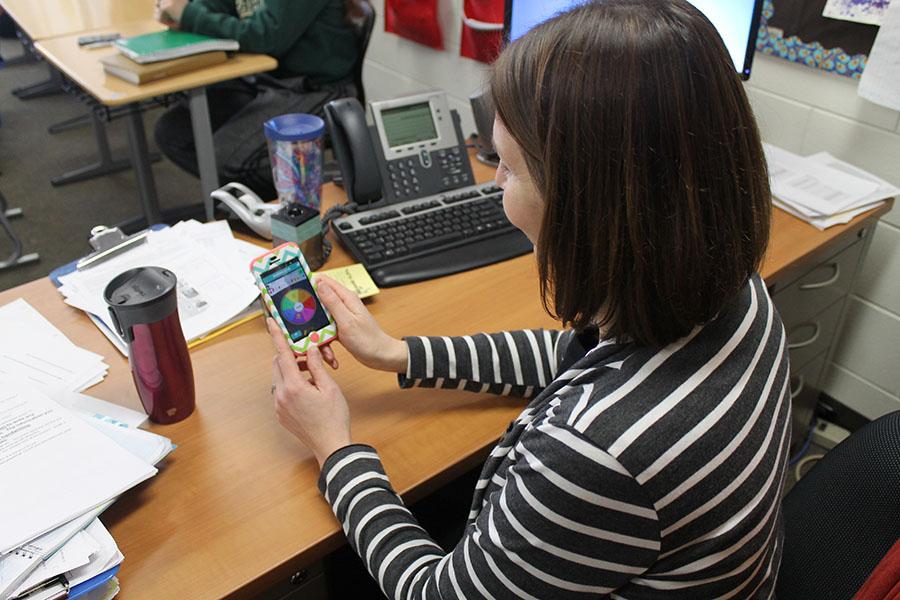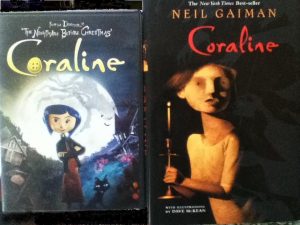Trivia Crack: the new type of “crack” problem
January 21, 2015
A new type of “Crack” problem
“Hey! In golfing terms, what is another name for an albatross?” “Wait! Who released ‘Born in the USA’ in 1984?” “Just a second! How are nucleic acids shaped?” Does hearing obscure questions like these at random moments ring a bell? This is because the game “Trivia Crack” has taken over the halls of Portage Northern by storm. Students and teachers alike have quickly become obsessed with this game. Katelyn Moon (12) said, “I think it’s fun. There’s like fun little facts in it.” Even teachers enjoy the game; Mrs. Anthony said, “[I] finally caved in and downloaded it and play against my husband and sister in law.”
The team “etermax” released “Trivia Crack” the third week in September of this year, and it has quickly blown up to become one of the most popular games in the country. According to Google Play,users have installed it well over 10,000,000 times. The game consists of six categories from which the player has to answer trivia questions.
One of the reasons that “Trivia Crack” has become so popular is because it is useful to the player; it has refreshed information that PN students have learned in the past. “Some of the stuff on there [is useful]. I remember my teachers teaching it,” said Kaitlyn Idzkowski (11). Freshman, Mitchell Brown, said, “… it’s asking you questions and helping your brain particles.” Translated from “Freshman-ese” this means Brown agrees that the game has beneficial qualities.
Although we have seen that “Trivia Crack” has obvious advantages, it does have its downfalls. Students are finding themselves, and fellow Huskies, being distracted by it in class. Spanish teacher Senora Canenguez said, “I have noticed an increased use of it when they have work time. Typically, I have a ‘Red Zone’ rule in my room, but I have noticed the increased temptation to be on the phone.” Idzkowski also noted, “[There are] some boys in my math class who sit by me, and I see them playing.” The obsession with this game, however, spreads across all ages and genders. “I had the app for 24 hours. It was too much of a distraction for me, so I deleted it,” said Mr. Armitage, science teacher at Northern.
It is clear that “Trivia Crack” has its pros and cons. Families may use the game to come closer together, but it can also hinder people’s responsibilities. In closing, there is just one question to be asked: in what year did the Europeans discover the Philippines?









